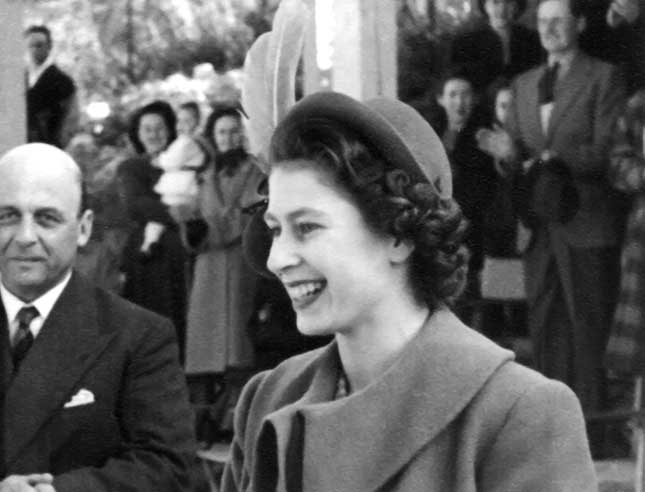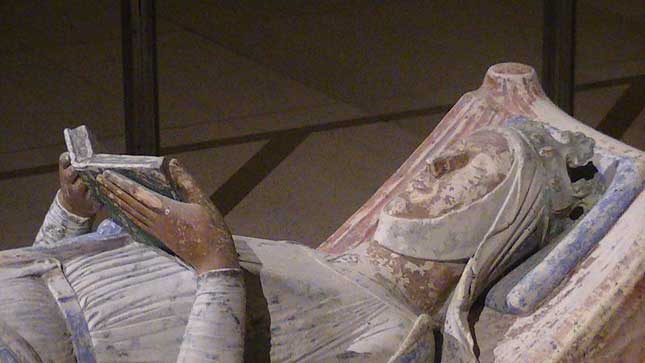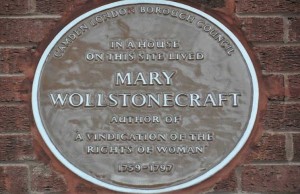To celebrate Mothers’ Day in the UK we’ve picked out some great mums whose actions and offspring have had a lasting impact on the country…

1 Boudicca
Warrior queen of the ancient Iceni tribe, Boudicca led a rebellion that nearly ended Roman rule in Britain. When the Romans plundered the tribe’s lands in modern-day Norfolk, Cambridgeshire and Suffolk, flogged Boudicca and raped her two daughters, the Iceni rose up. With other tribes, they wiped out the Romans’ Ninth Legion and sacked their strongholds at Colchester, London and St Albans, taking no prisoners (according to Roman historians) and massacring at least 70,000. But it is Boudicca alone, standing tall and Titian-haired in her chariot, who is remembered among the freedom fighters, and honoured with a dramatic statue, arms raised, by Thomas Thornycroft, near London’s Westminster Pier.
2 Eleanor of Aquitaine

Although not born in Britain, Eleanor’s wealth and power and the actions of her sons would have a lasting impact on British history. She was one of the wealthiest and most powerful women in Europe and the world during the High Middle Ages having inherited the Duchy of Aquitaine and Poitiers when she was only 15. As a result, Eleanor became an independent ruler in her own right. She became Queen Consort to Louis VII of France in 1137 but eventually had the annulled in 1152 and, in 1154, Eleanor became Queen Consort to Henry II of England going on to bear him six children. In 1170, Thomas Becket, the Archbishop of Canterbury, was assassinated for going against King Henry II. Eleanor, among many others, strongly opposed the assassination leading to the Revolt of 1173-74 in which Eleanor, three of her sons, and rebel supporters sided against Henry. The revolt failed, however, and Eleanor was imprisoned for 16 years. She was not released until 6 July 1189, when Henry died and their son ascended the English throne as Richard I.
3 Elizabeth Woodville
Elizabeth Woodville was Queen consort of England as the spouse of King Edward IV from 1464 until his death in 1483. At the time of her birth, her family was mid-ranked in the English aristocracy. Her first marriage was to a minor supporter of the House of Lancaster, Sir John Grey of Groby who he died leaving her a widowed mother of two sons. Her second marriage, to Edward IV, was a cause célèbre of the day. Edward was only the second king of England since the Norman Conquest to have married one of his subjects, and Elizabeth was the first such consort to be crowned queen.
Woodville’s 12 children included the Princes in the Tower and Elizabeth of York; by the latter she was maternal grandmother of Henry VIII and great-grandmother of King Edward VI and Queen Mary I and Elizabeth I of England, and the great-great-grandmother of Mary, Queen of Scots. Through her daughter, Elizabeth of York, she is an ancestor of every English monarch since Henry VIII and every Scottish monarch since James V of Scotland.
4 Catherine of Aragon
Catherine of Aragon was a Spanish princess, the first wife of Henry VIII and mother of Mary I, who would go on to be England’s first Queen on her own right. Henry’s desire to annul his marriage to Catherine was a key factor in the beginning of the English reformation, after it became clear that the ageing Catherine would not bear the king the male heir he needed. The break with Rome allowed Henry to marry Anne Boleyn, though a surviving male heir eluded him and his two daughters, with their differing religious beliefs, would go on the rule as queens.
5 Anne Boleyn
Anne Boleyn, the second queen consort and wife of King Henry VIII of England. The extreme lengths Henry went to to be able to marry her – breaking with Rome and declaring himself Supreme Head of the Church of England – would change the course of British history forever. He would then have Anne beheaded in 1536, likely because he had given up on her having his much-wanted male heir. But she had given birth in 1533 to the Princess Elizabeth, who later became Queen Elizabeth I and went on to become one of Britain’s most famous monarchs giving her name to the Elizabethan age for her powerful and long leadership.
6 Mary Wollstonecraft

Mary Wollstonecraft’s A Vindication of the Rights of Woman is one of the most important documents in the history of women’s rights. Wollstonecraft’s personal life was often troubled, and her early death of childbed fever cut short her evolving ideas. Her second daughter, Mary Wollstonecraft Godwin Shelley, was Percy Shelley’s second wife and author of the book, Frankenstein, which she wrote when she was just 20 years old.
7 Emmeline Pankhurst
Emmeline Pankhurst and her daughters, Christabel Pankhurst and Sylvia Pankhurst, founded the Women’s Party in Great Britain. Their militancy in support of women’s suffrage arguably turned the tide in the British fight for women’s vote. She was introduced at the age of 14 to the women’s suffrage movement. On 18 December 1879, she married Richard Pankhurst, a barrister who supported women’s right to vote; they had five children. She founded and became involved with the Women’s Franchise League, which advocated suffrage for both married and unmarried women.
8 Marie Curie
Marie Curie is one of the most important and well-known women scientists of the 20th century, for her work with radium and radioactivity. Marie Curie won two Nobel prizes for her work: in 1903, sharing the prize with her husband Pierre Curie and another researcher, Antoine Henry Becquerel, and in 1911, in her own right. Her daughter, Irene Joliot-Curie, joined her in her work and also won the Nobel Prize in Chemistry in 1935, jointly with her husband.
9 Queen Victoria
One of the most powerful woman in history she was queen in her own right and head of the vast colonial British Empire. Victoria’s empire covered 14.2 million square miles, spanning six continents – she ruled over 400 to 458 million people. Victoria’s reign began in 1837 and ended with her death in 1901. She gave birth to nine children (four boys and five girls) eight of which would sits on the thrones of Europe in Great Britain, Prussia, Greece, Romania, Russia, Norway, Sweden and Spain. Queen Victoria was survived by six children, 40 grandchildren and 37 great-grandchildren, including four future sovereigns of England: Edward VII, George V, Edward VIII and George VI.
10 HM The Queen
Like Elizabeth I and Victoria, the Princess Elizabeth Alexandra Mary was not expected to become queen. When she was born, Elizabeth was third in line to the throne, but the abdication of her uncle, King Edward VIII, propelled her father to the throne, as George VI. When her father died tragically young, in 1952, Elizabeth found herself HM The Queen, ruler of the UK and Commonwealt. She has gone on to become Britain’s longest-reigning monarch and is approaching her 90th birthday. But she is also a mother of four, with the two youngest born while she was the reigning monarch.
10 Diana Princess of Wales
Diana, Princess of Wales was known the world over as much for her beauty as for her caring, down-to-earth nature. A campaigner for children’s charities, Diana brought a personal touch to the Royal Family that has endured to this day. Within a year of her marriage to Prince Charles, she gave birth to Prince William – the future king – on 21 June 1982, and Prince Harry was born two years later. Keeping the young princes grounded was always going to be difficult, yet Diana did her best to shield them from publicity and to give them a ‘normal’ upbringing, famously taking them to McDonald’s and Disneyland.





 © 2024
© 2024